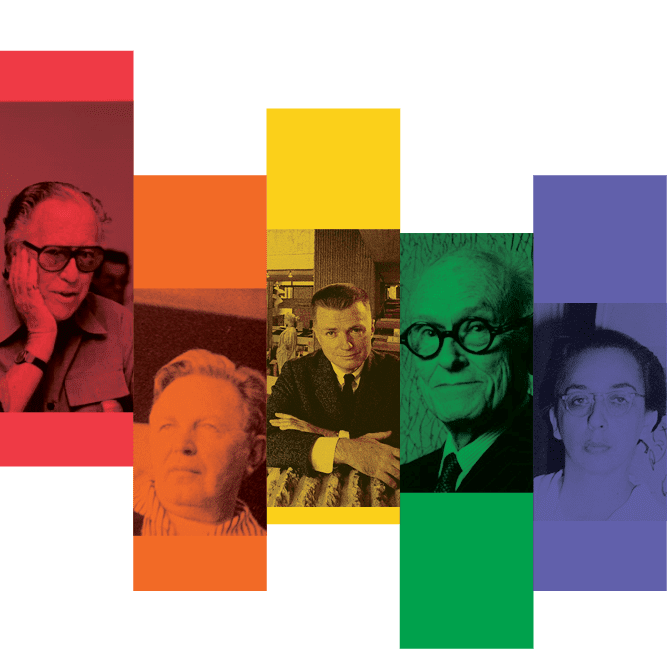
During the month of June, as we recognize Pride, we want to take a moment to celebrate the contributions of 5 members of the LGBTQIA+ community in architecture who have fundamentally altered how the world views the potential of built space.
Philip Johnson

Image via Mark B. Schlemmer.
Winner of the first Pritzker Architecture Prize and an AIA Gold Medal, Philip Johnson's career spanned 56 years. Despite his controversial politics (Johnson was a known Nazi sympathizer), his body of work was beyond reproach. Ultimately he would regret his pre-WWII politics, and become best-known for his role in bringing modernist architecture to America.
GLASS HOUSE

Image via Mark B. Schlemmer.
Inspired by Mies van der Rohe, one of Johnson's first projects is likely the most well-known. His residence in New Canaan, CT (Glass House) is a National Trust for Historic Preservation site, and part of a 49-acre site including 13 other buildings, such as his studio, painting gallery, and "Da Monsta.”
Pennzoil Place


Pennzoil's CEO requested a building that "was dignified in appearance, but not boxed shape." The resulting building would be deemed the 1975 Building of the Year by Ada Louise Huxtable and is often credited with the introduction of the postmodern era. The towers are separated by a mere 10-foot vertical slot and together they form Houston's most award-winning skyscraper. Each of the structure's two towers is 495 feet tall.
Christ Church
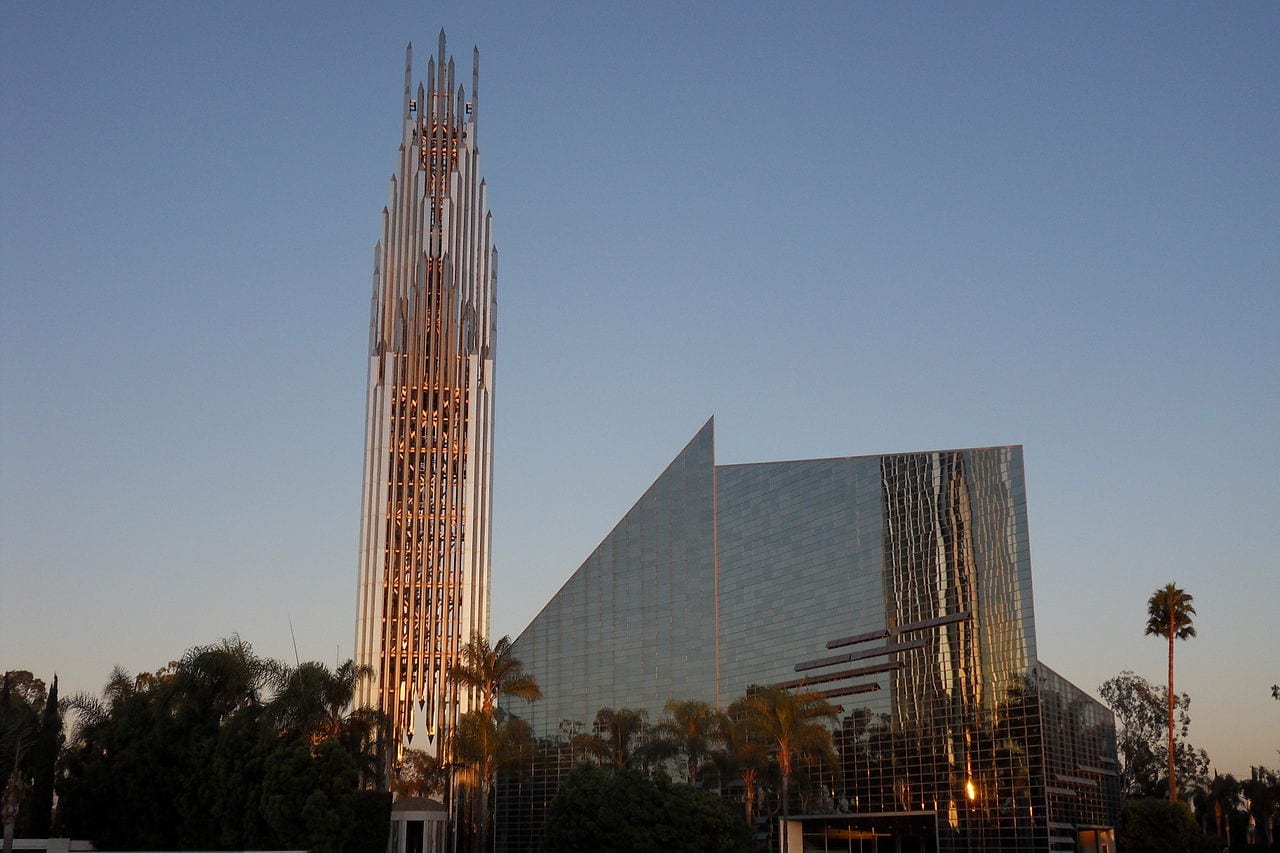
Constructed using over 10,000 panes of glass, Christ Cathedral was built over a period of 2 years at a cost of $18 million. The building, including the "Tower of Hope," was commissioned by evangelist Reverend Robert H. Schuller and features the world's largest pipe organ, religious-themed statues, and several landmark buildings amid a 34-acre campus.
Lota de Macedo Soares
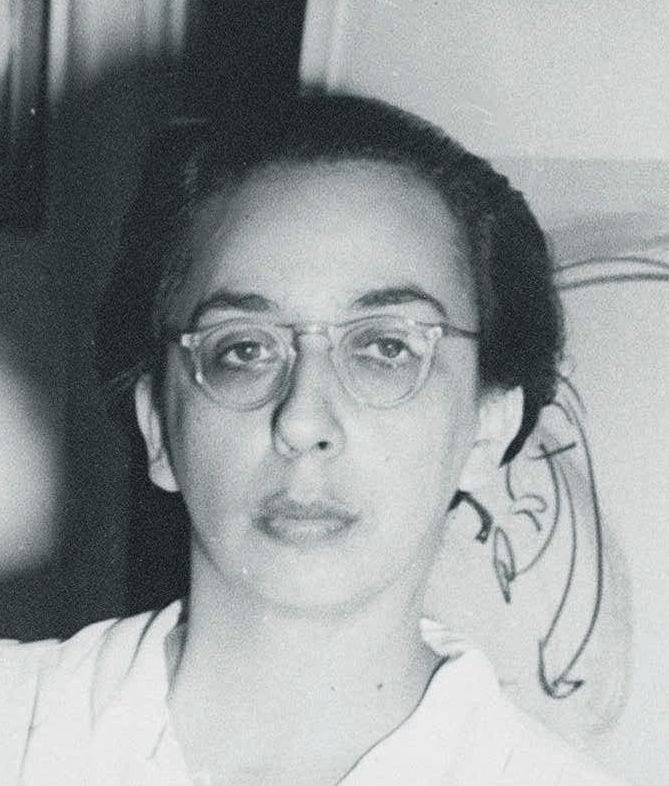
Image via Abeeygoru.
A well-known Brazilian socialite, Maria Carlota Costallat de Macedo Soares was a self-trained landscape architect and designer. Partner to the famous poet Elizabeth Bishop, Lota used her social connections to eventually become the lead designer of the largest park in Rio de Janeiro along with the acclaimed Roberto Burle Marx. The project was completed in 1965.
Ultimately her life story would go on to inspire the creation of several motion pictures like"Flores Raras" and "Reaching for the Moon," as well as a number of plays.
Parque do Flamengo (Flamingo Park)
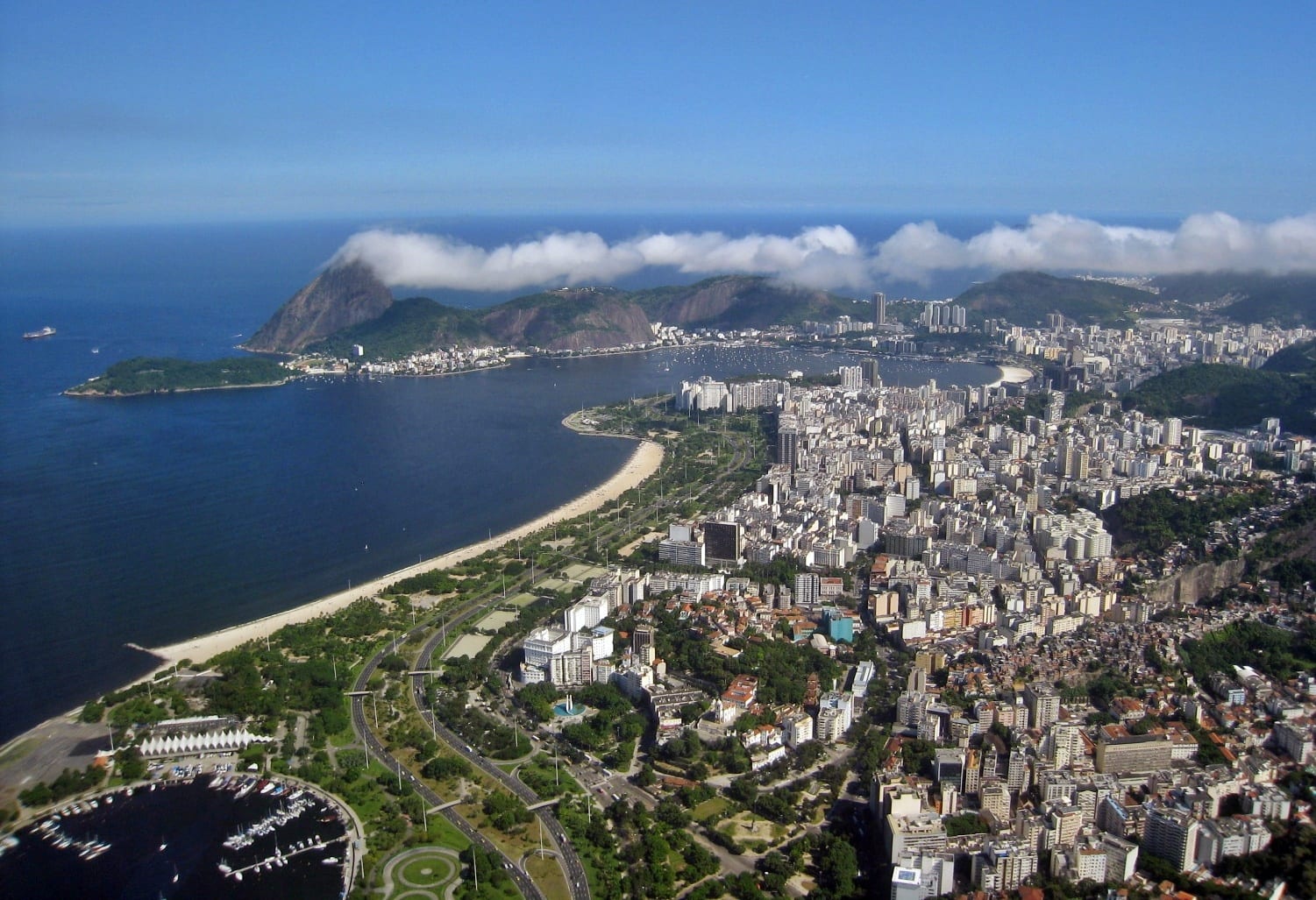
Image via Alicia Nijidam.
Flamingo Park (also called Parque Brigadeiro Eduardo Gomes) is known throughout Brazil for its size as well as it's stunning view of Sugarloaf Mountain at the mouth of Guanabara Bay. In the 2016 Rio Olympics, the enormous venue would play host (at least partially) to cycling, walking and sailing events. The grounds are also home to two major attractions: the Museu de Arte Moderna and the Monumento Nacional aos Mortos da II Guerra Mundialand.
Bruce Goff
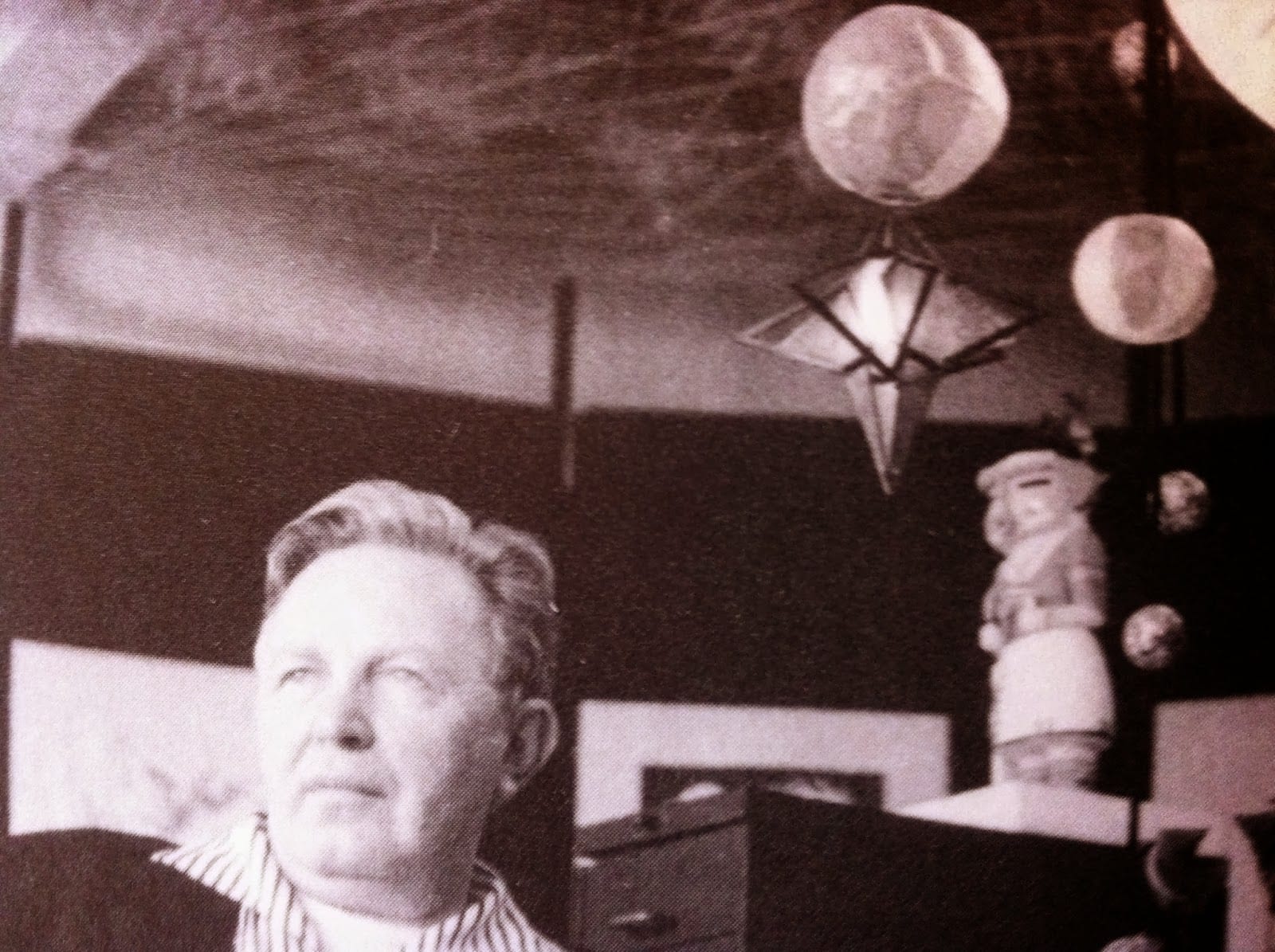
With a prolific portfolio of work (he's credited with having a hand in nearly 500 buildings), Goff seemed to have taken inspiration from a myriad of sources—music, organic forms, the work of his counterparts, and Eastern cultures, among many others. A lifelong fan of the work of Claude Debussy, Goff would even go on to create his own compositions for piano. A long-time mentee of Frank Lloyd Wright and collaborator with Barry Byrne, Goff is among those generally credited with the development of the Prairie School. His greatest impact, however, may have been on the lives he touched while teaching at the University of Oklahoma for 13 years, many of whom became notable architects in their own right. Unfortunately, in 1955 he was forced to vacate his position after he was accused of "endangering the morals of a minor." Most historians agree that this was a thinly-veiled form of discrimination based on his sexuality. Goff's career would explode over the next two and a half decades, and while most of his projects were in Oklahoma, his work spanned from Florida to California.
Boston Avenue Methodist Church
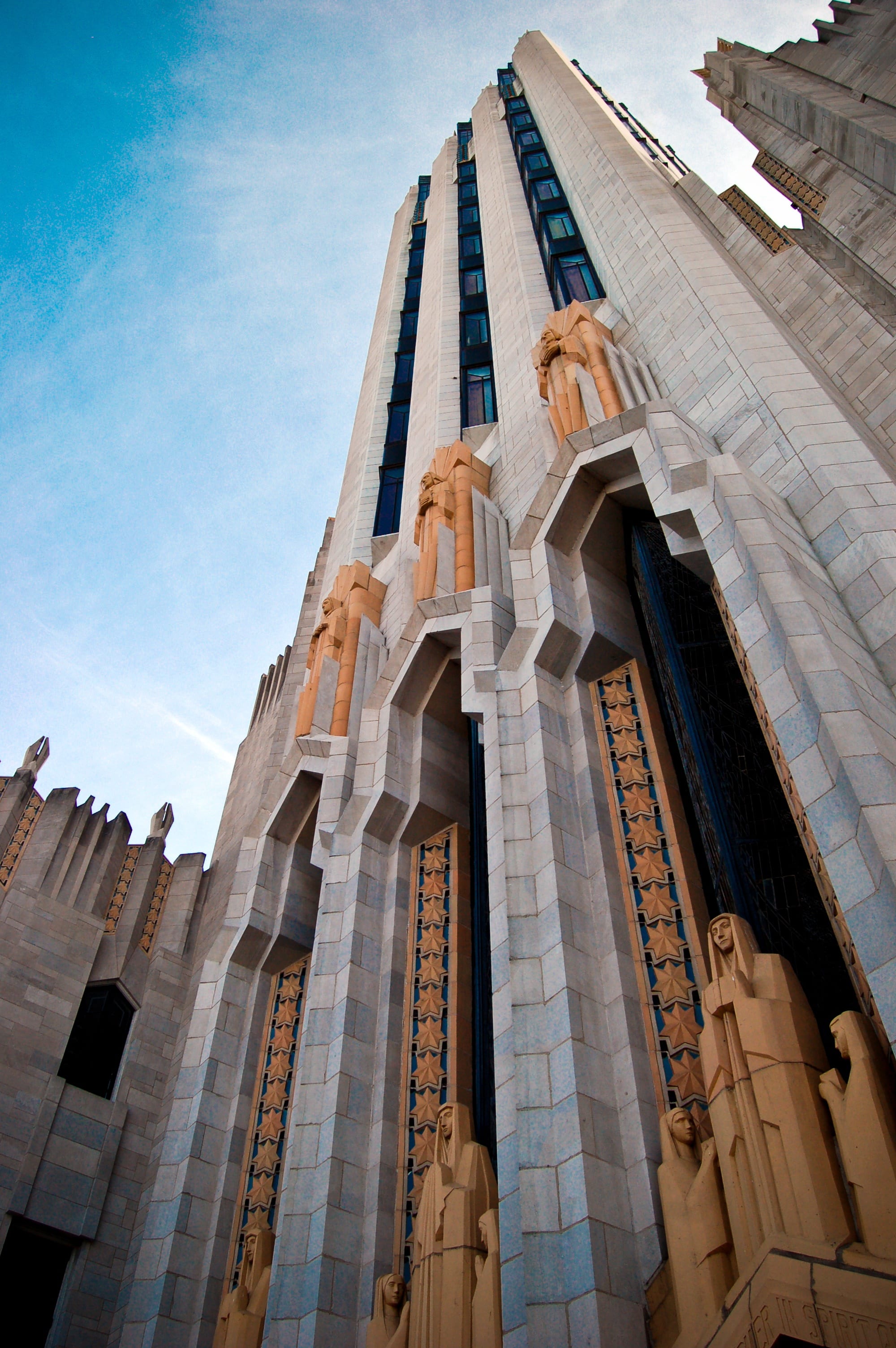
Image via CPacker.
There is some debate as to who gets credit for the design of one of the largest examples of Art Deco ecclesiastical architecture in the United States—Goff, or one of his earliest mentors Adah Robinson. It doesn't appear to have been the subject of much debate at the time, and while the church itself considers Robinson the designer, Goff's Art Deco influence is undeniable. Regardless of who is credited, no one doubts that Goff had an enormous role in the creation of the building that was completed in 1929 when Goff was only 25 years old. Later that year he would be named partner of the firm credited with the project (Rush, Endacott, and Rush) where he'd been working since the age of 12.
Pavilion for Japanese Art
(Los Angeles County Museum of Art)
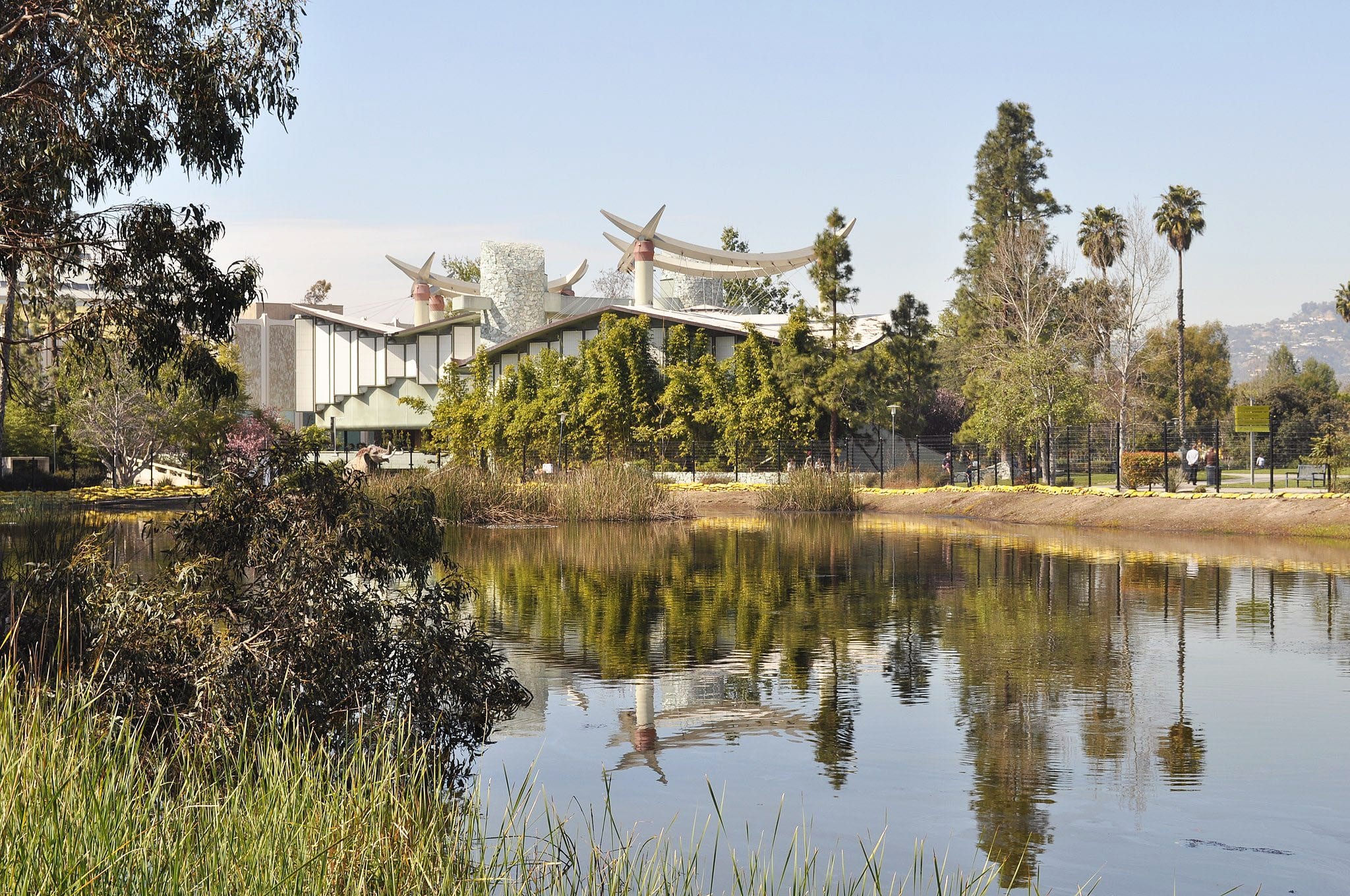
Now under much needed renovations, a majority of the appreciation for this three-decade-old Japanese-inspired building seems to stem from the inspiration it takes from both Japanese culture and the nearby La Brea tar pits. The majority of the pavilion's shell is made of Kalwall, a semi-translucent material reminiscent of traditional shoji screens. While natural lighting is seldom relied-upon in a gallery setting, this approach was requested by the collection's owner Joe Price, who provided the $5 million necessary for the pavilion's construction and wanted the art to be scene as it was intended by the artists.
Paul Rudolph
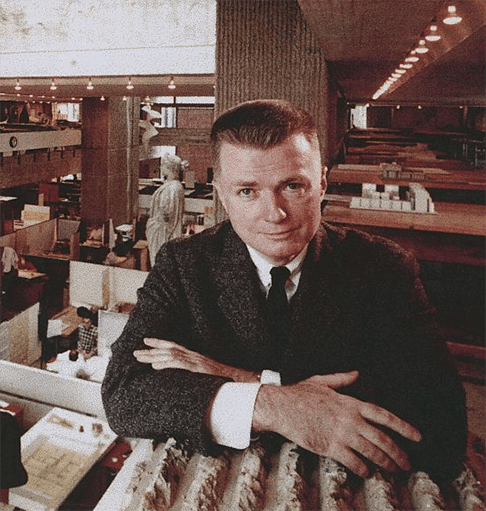
Image via the Library of Congress.
Paul Rudolph's body of work is largely characterized by the significant use of concrete, overhangs, complex floor plans, and floor-to-ceiling glass walls and partitions. His frequent work with Ralph Twitchell (one of the founders of the Sarasota School) and studies with Walter Gropius (founder of the Bauhaus School) at Harvard are quite apparent. His career was dotted with impactful educational projects, including work at the Tuskegee Institute, Wellesley College, the University of Massachusetts Dartmouth, Colgate University, and Yale, where he would serve for 6 years as dean of the Yale School of Architecture. His modernist style is perhaps most noticeable in his residential projects and his few forays into the world of office towers.
Yale Art and Architecture Building
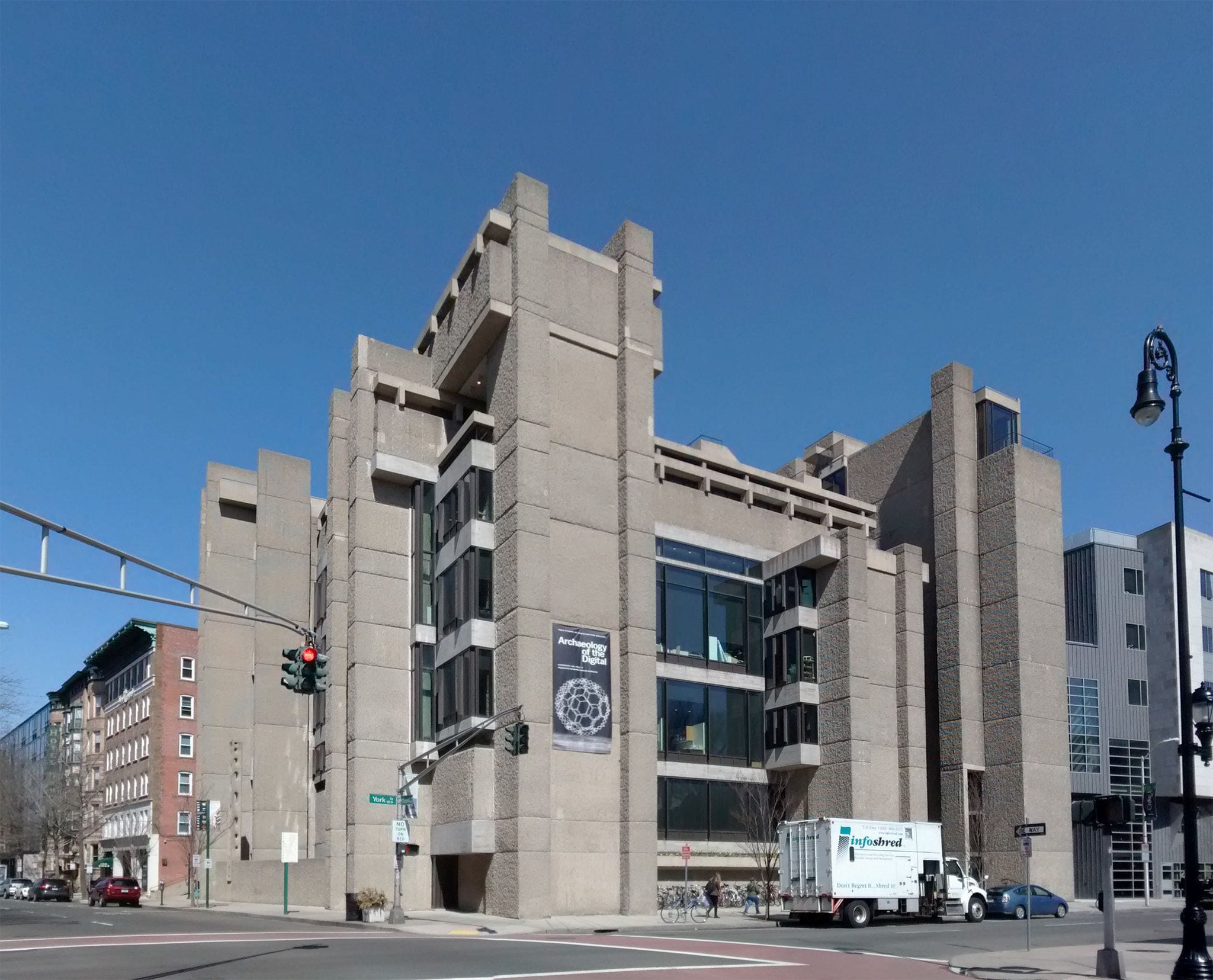
Image via Gunnar Klack.
Perhaps the work most emblematic of Rudolph's career was the Art & Architecture building on Yale's campus. As he was ostensibly his own client, he had free reign to create a brutalist structure that had a controversial reception at best. It was only a few years later that the space would be heavily damaged by what was suspected to be an act of arson. Several refurbishments saw Rudolph's original designs all but abandoned, until 2000 (three years after Rudolph's death) when a $125 million renovation restored Rudolph's original vision.
The entire building would be nearly a monochromatic grey if it weren't for the bright orange carpet—but that's not to say it's boring. Thick slabs of concrete cut a daunting figure throughout a space that features a secret door,
CLAIRE T. Carney LIBRARY
(University of Massachusetts)
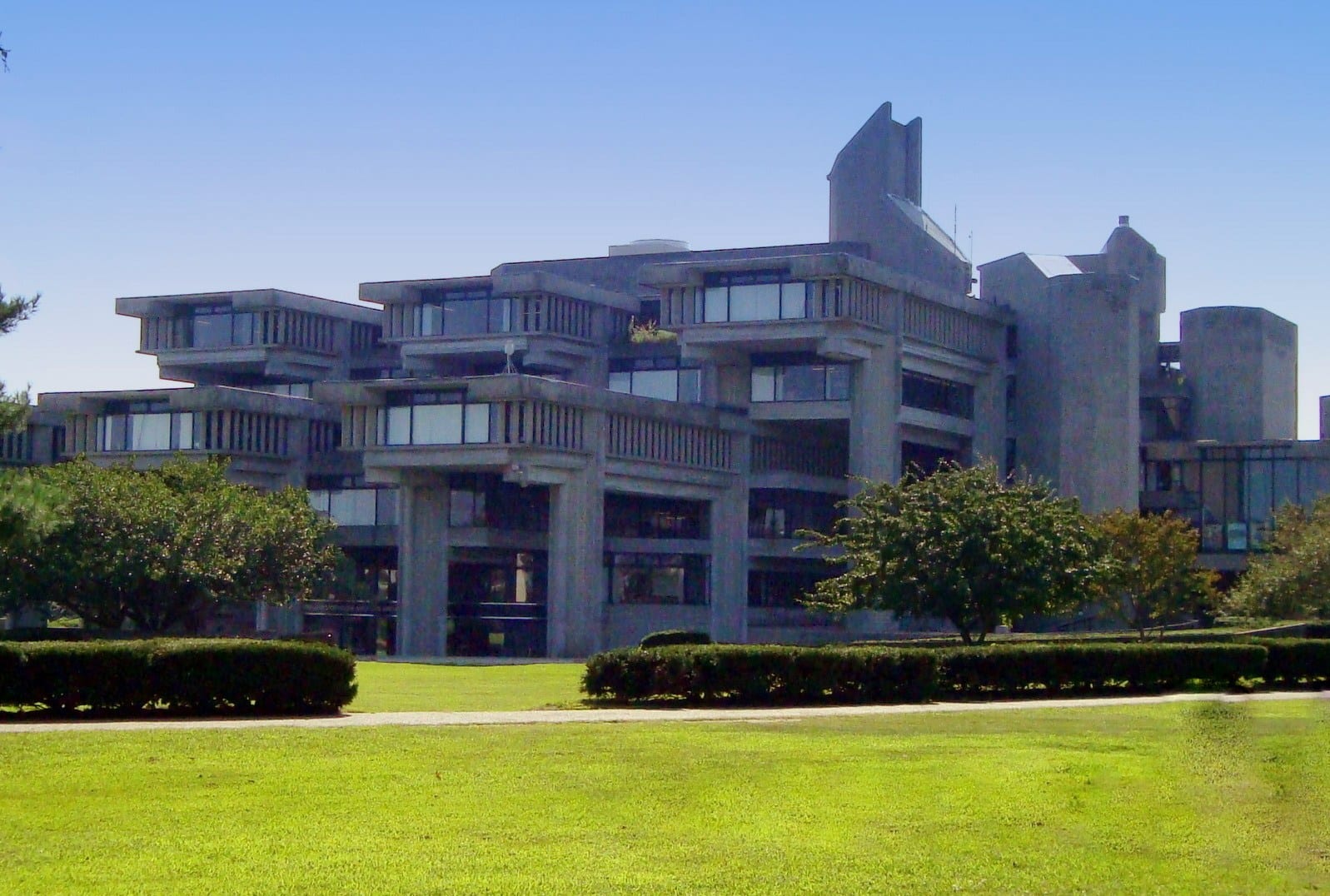
The bright carpets and furnishings of the Claire T. Carney Library, another iconic, brutalist structure, further illustrates Rudolph’s understanding that the dark spaces his concrete behemoths created require pops of color to offset the sea of grey. Despite a recent renovation, much of the building's original concept remains.
Geoffrey Bawa
Also influenced by Le Corbusier, Geoffrey Bawa is generally credited with the development of Tropical Modernism in Sri Lanka. Studying law at Cambridge, it wasn't until Bawa returned to his native Sri Lanka that he began taking architecture seriously. After converting an abandoned rubber plantation into his country manor (called Lunuganga Estate), Bawa was so inspired by the project that he returned to the UK to study architecture. Soon after returning to Sri Lanka, he took over management of an established Sri Lankan firm and went on to become the most prolific architect the nation had ever seen.
Heritance Kandalama
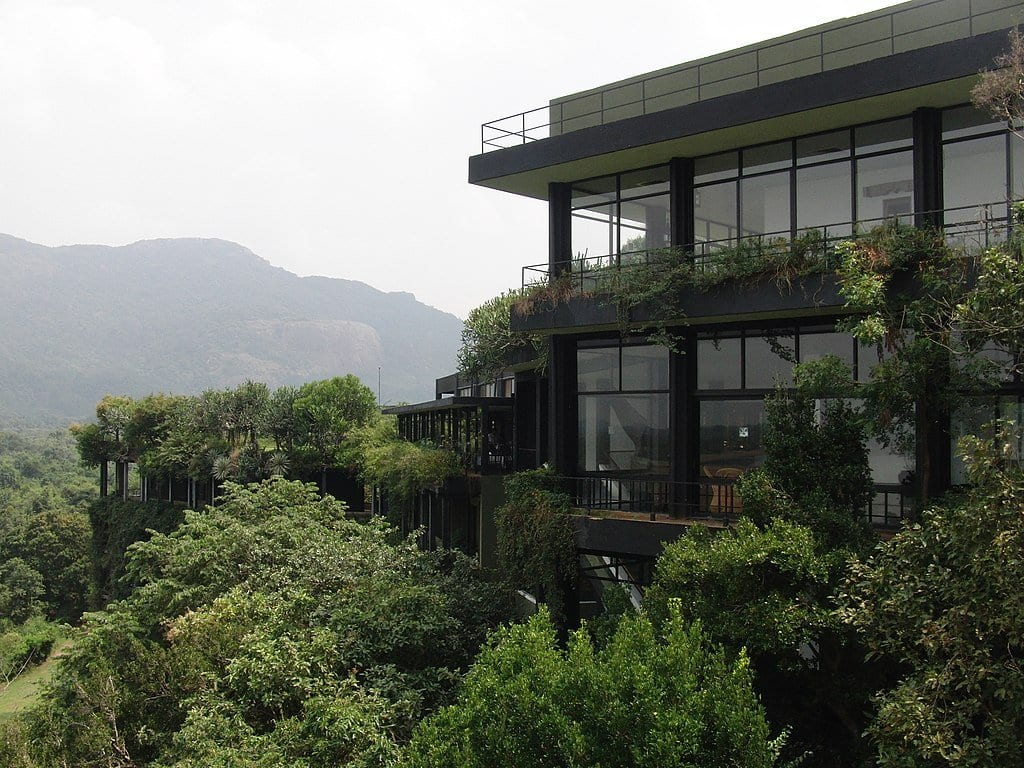
Image via JanManu.
Indicative of Bawa's attraction to elaborate gardens and bungalow-style structures, the hotel was finished in 1991—one of the first projects completed by his namesake firm (Geoffrey Bawa Associates). Horizontal rooflines and white abstract forms reflect the style of many of his residential structures.
The Sri Lankan Parliament Building
(Sri Jayawardhanapura Kotte)
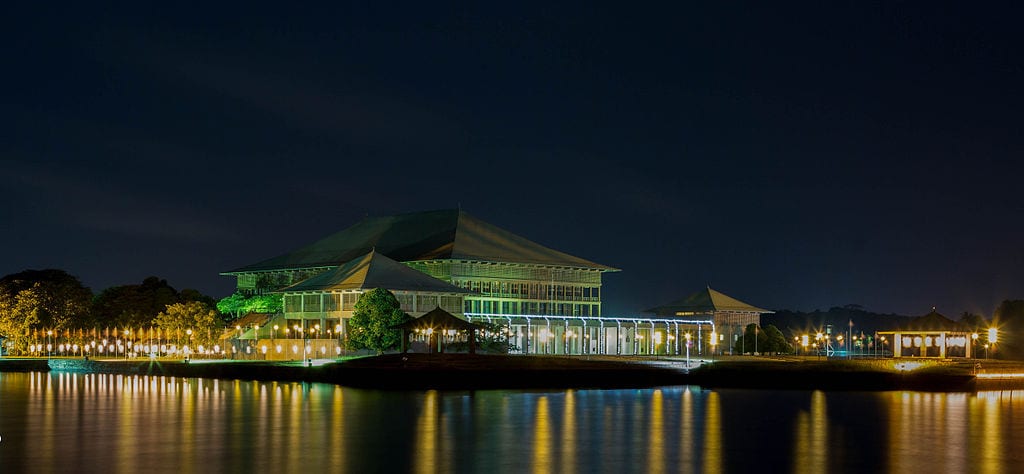
Image via Kolitha de Silva.
While at Edwards, Reid and Begg, Bawa and his team were contracted to design the Kotte, constructed between 1977 and 1982. Coming on the heels of a new government headed by J. R. Jayewardene, the building would become the exact symbol the fledgling government needed—a pinnacle of modernist design with traditional Sri Lankan roots dating back to the third century BC. The complex sits on an island in the middle of Diyawanna Lake, amid a series of five other satellite pavilions.
